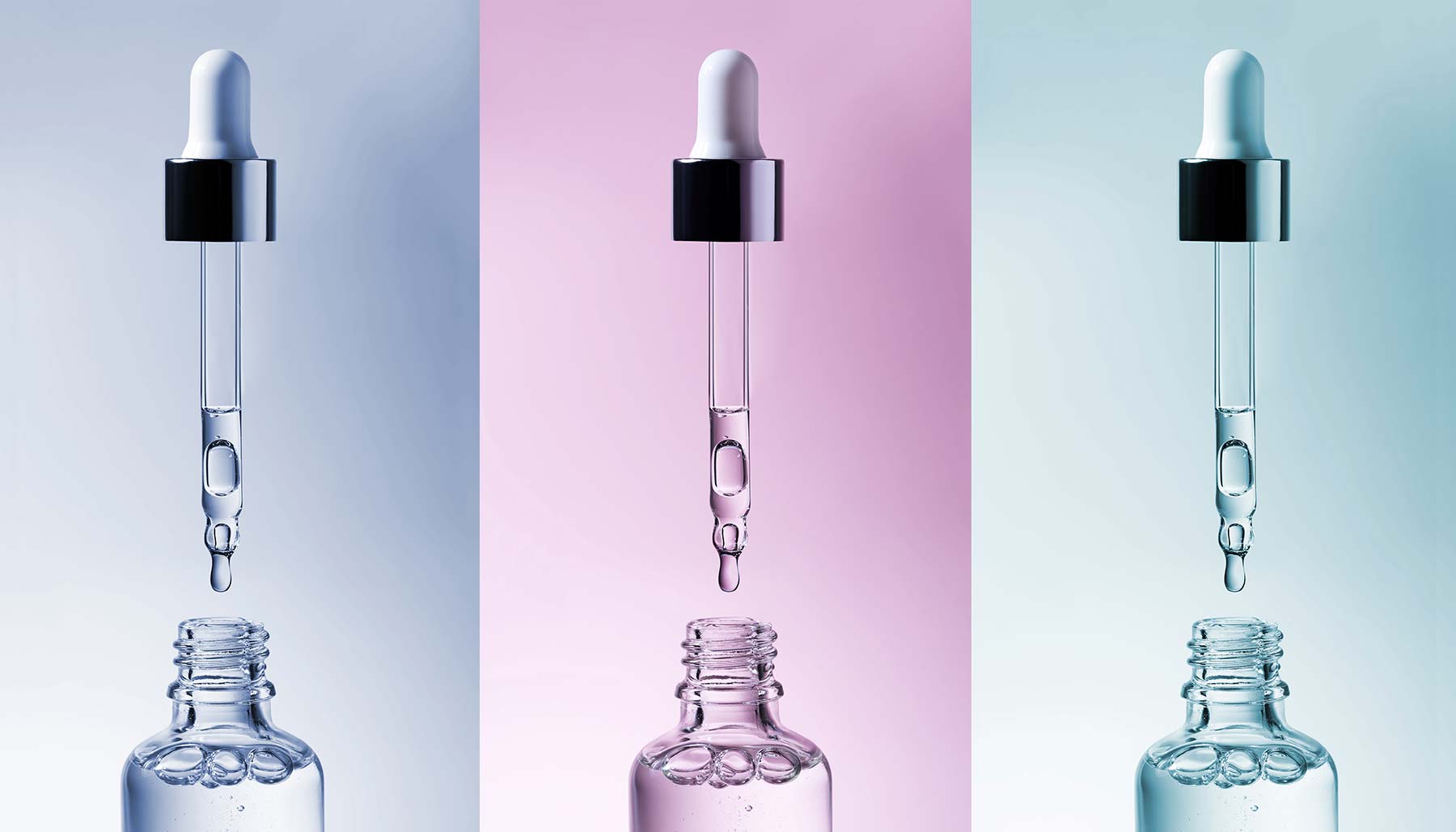When it comes to skincare and fighting aging, retinol has become the industry’s gold standard ingredient.
It’s been touted as the ultimate anti-aging miracle worker. Slather it on before bed, and emerge in the morning with glowing, smooth skin. It magically minimizes fine lines and wrinkles, prevents dullness, and somehow also treats acne — at least, if you believe the claims on the box.
But what’s with all the buzz? What is it, exactly, and is this ingredient really worth all the hype? Can it really do all that?
What is Retinol, and How Does it Work?
Let’s start by saying this: the retinol hype is real. Even still, I often find that most people, even those that use retinol products, don’t really know much about it. Sure, we have all been told we should be using it, and dermatologists consider it pure magic. But do you really know what it does and why it works?
Before we creep into our 30s, our cells turn over every 28 days, leaving us with that fresh, youthful new skin. After we hit our mid-30s, though, cell regeneration slows down. That slower regeneration is what causes your face to show the signs of aging, looking dull, dry, and wrinkled.
That’s where retinol comes in. It sinks into your skin and speeds up cell turnover.
Retinol, or Retinoids?
Of course, not all products are the same, or actually contain retinol. Technically, retinol is just one of the many different types of retinoids, an umbrella term for all vitamin-A derivatives. We’ve just started using “retinol” as a kind of catchall term for topical products containing any type of retinoid.
Some anti-aging formulas contain retinyl palmitate, which is the weakest — but, to be clear, it’s still effective. Others actually contain retinol, which is the next strongest and most tolerable.
Both of those are available in plenty of over-the-counter products. However, retinol isn’t even the strongest retinoid available. Which, to be honest, I was kind of surprised to learn.
There are actually other retinoids found in both over-the-counter and prescription products, including retinaldehyde, tretinoin, tazarotene, and adapalene. These are much stronger.
Don’t be fooled into reaching for the strongest retinoid products right off the bat. Sure, they work even faster because they’re stronger, but they can also be extra irritating. All retinoids are effective in the long run. Low-strength retinoids still provide the same long-term anti-aging effects over time, just with less irritation and other side effects.
Choosing the Correct Retinoid Product, and Tips on Using It
So how do you choose the right retinol/retinoid product for your face?
Okay, ideally you’d sit down with a dermatologist to figure out the best option for your skin type. I’m willing to bet you’re a lot like myself, and you’re not going to get around to making that appointment. That requires time. So, I’m going to do you a solid and make a few suggestions.
It’s best to start at the bottom, with the gentlest of retinoids. That means retinyl palmitate if you’ve got sensitive or dry skin. Jump up to retinol or retinaldehyde for normal skin. If you’ve got oily, acne-prone skin, you might want to try out adapalene, which is specifically formulated to treat acne.
Don’t expect to see immediate results. Retinol might be magical, but it’s not that magical. It’ll take a full three months of consistent use before you start to see serious anti-aging effects — although, you’ll likely start to see that glowing, smooth skin much sooner.
Skip other harsh products, like strong acne products, acids, or peels on your face the same night you use a retinoid. You could irritate or even burn your skin.
Retinoids are notorious for making skin extra sensitive to the sun, leading to sunburns and discoloration. That means you definitely shouldn’t skimp on the sunscreen.
Don’t try to use too much at once, either. Just use a pea-size drop of serum at a time. Start by only using it once or twice a week, and then gradually move up to every other night or every night, depending on the product.













